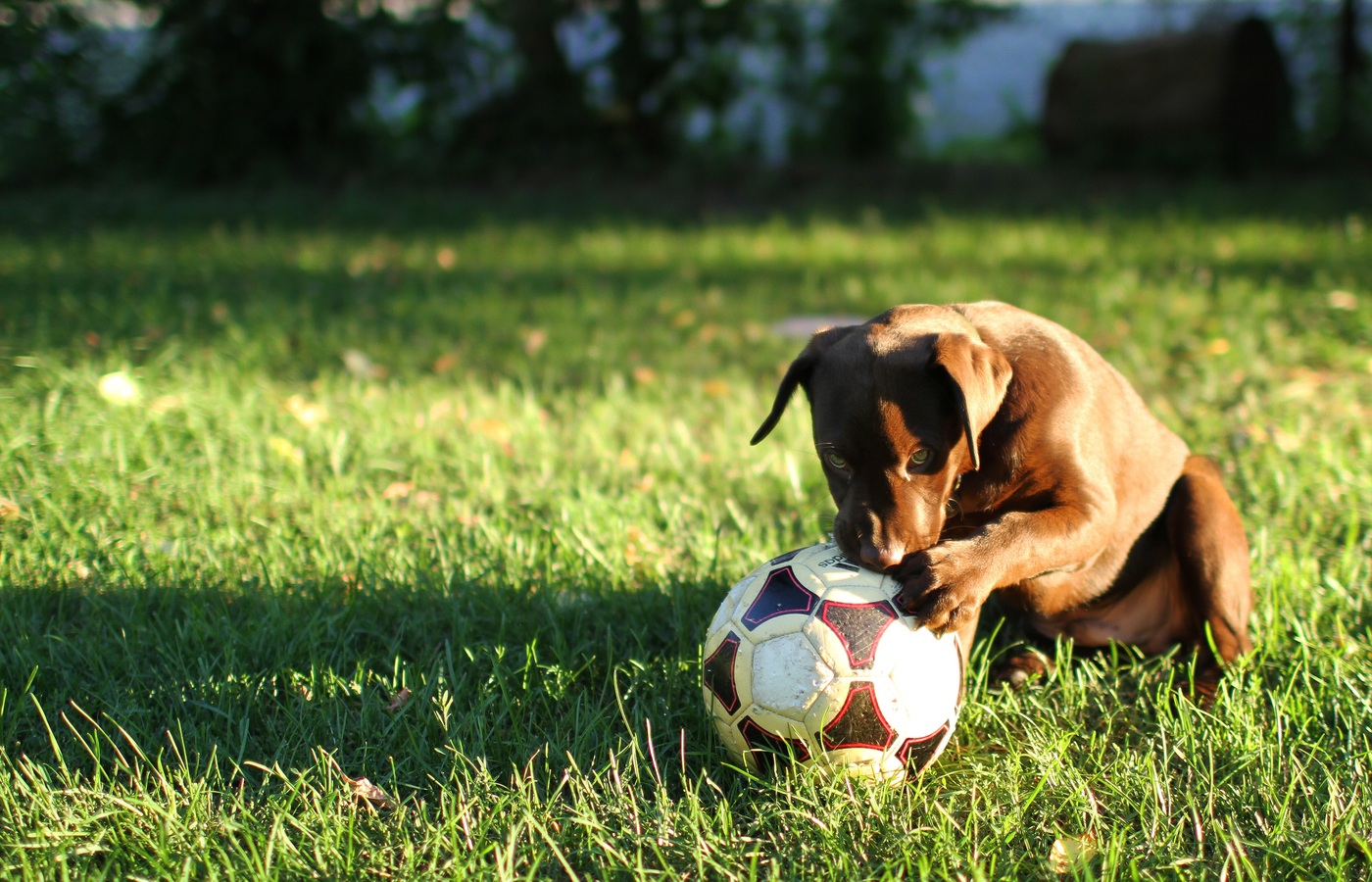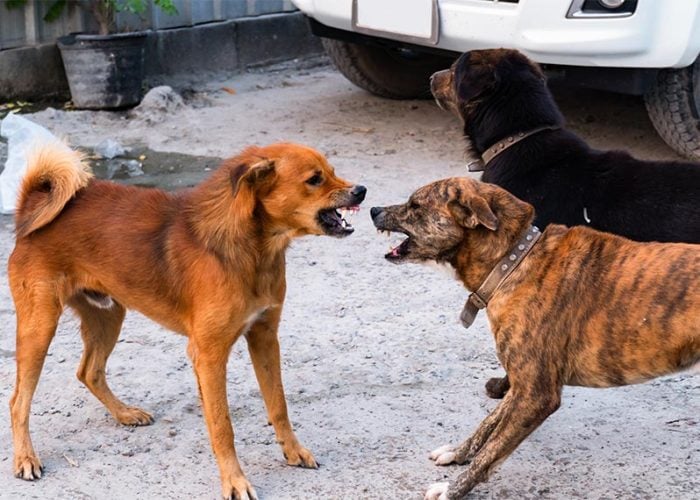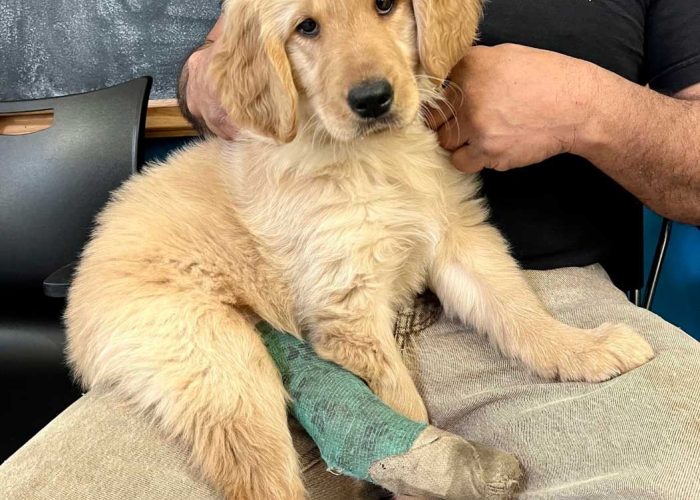You’re lounging in a chair in your yard. The sun is shining, birds are singing. Your dog is running around in the sea of green grass that surrounds you. You just cut the lawn yesterday, and your bare feet in the grass feels so good.
The lawn means many things to many people. But how did it come to be? And what are the downsides to the things we do to make our lawns so crisp and beautiful? Let’s take a little journey.

The Lawn: A Brief History
The lawn. A symbol of Americana. Except that it was actually just borrowed from Europe, where close-cut lawns were popular with the rich. So an American rich man by the name of Thomas Jefferson adopted the idea for his Monticello estate. Tools to curate and manicure lawns became more and more popular as the century went on, as it allowed average folks who didn’t have servants (or slaves, like Jefferson did) to care for a lawn without it being quite such a chore.
As the housing industry took its cues from large-scale urban parks when it came to the vegetation in rapidly expanding suburbs, the USDA showed off lawn-growing displays at the Philadelphia Centennial Exhibition in 1876. Coupled with more and more educational articles on lawn-growing in magazines and the rising popularity of golf, the idea of the lawn was firmly cemented in United States culture.
Things slowed down a bit around World War I, though, as folks started planting more victory gardens, and then again during World War II, as metal that would have been used for lawnmowers was melted down for the war effort. When soldiers returned from the war, the government financed low-cost mortgages, and builders created blue-collar tract housing to meet demand. In an effort to be like the upper middle class, many of these neighborhoods featured lawns. Lawns returned in earnest, along with a lot of brand new chemicals to use on them.
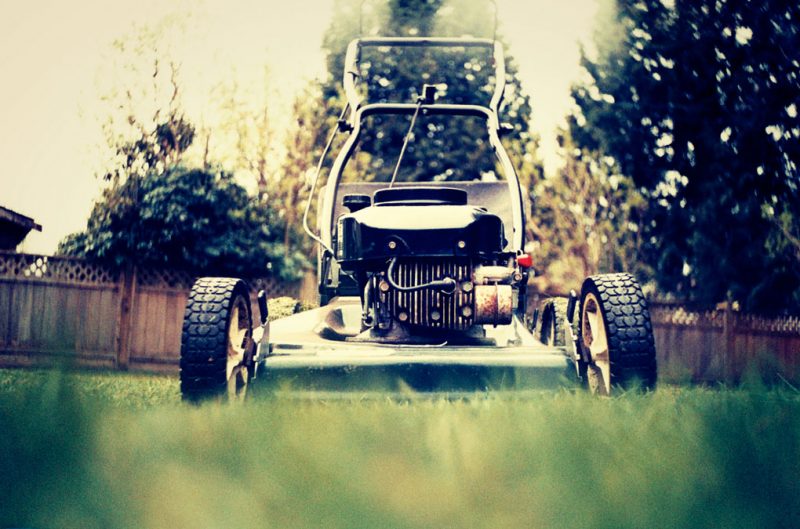
The Environmental Impact
Consider the following from Yale forest ecologist F. Herbert Bormann and his colleagues from the book Redesigning the American Lawn:
- A lawnmower pollutes as much in one hour as does driving an automobile for 350 miles
- 30 to 60 percent of urban fresh water is used for watering lawns (depending on city)
- Over $5 billion per year is spent on fossil fuel-derived fertilizers for U.S. lawns
- 67 million pounds of synthetic pesticides are used on U.S. lawns each year
- 580 million gallons of gasoline are used for lawnmowers each year
This is the environmental fallout from our fixation on lawns. Concern about this issue, along with a growing desire to maintain biodiversity, has led some folks to change the way they view their yard, either moving to a more sustainable form of lawn, or by creating a pollinator-friendly yard.
This isn’t always possible for everyone; certain municipalities and homeowner’s associations actually forbid “non-standard” lawns. And listen: we get it. Some folks just love their lawn as-is and have no desire to change. And there are ways to mitigate the problems lawn chemicals can cause for your pet by using workarounds. But we’d like to say that the easiest way to keep your pet away from lawn care chemicals is to not use them in the first place.

But if you’re gonna do it
First things first. If you’re going to use chemicals on your lawn, make sure you store them properly. Accidental ingestion of insecticide and lawn chemicals are numbers nine and ten on the ASPCA’s Top Toxins list, so it’s much more common than you might think for a nosy little dog to get into them. As we’ll get to, it doesn’t matter if it’s organic or not. If they can get into it, it’s a problem.
Next, some things to consider. Studies have shown a significant link between lawn chemicals and cancer in dogs. Dogs with malignant cancer were 70% more likely to be from homes where owners used chemical insecticides. More than that, a 2013 study showed that herbicides can be found in a dog’s urine after lawn treatment. This has been tied to an increase in bladder cancer in dogs exposed to herbicide-treated lawns. With dogs walking through the grass with no protection, they’re going to get chemicals on them (and in them), even if you wait the recommended time for it to dry.
Because they’re so much closer to the ground than us, there’s a much higher risk of them simply breathing the chemicals in. More than that, we can carry in the chemicals on our shoes and clothes, bringing them into the house where a pet is much more likely to interact with them. And according to the Pesticide Education Center, inside levels of pesticides can rise higher than levels outside because they break down fastest when exposed to sunlight and water. Generally speaking, the highest concentrations of lawn care chemicals inside a home are found in carpet dust.
So what we want to do is minimize the risk as much as possible.
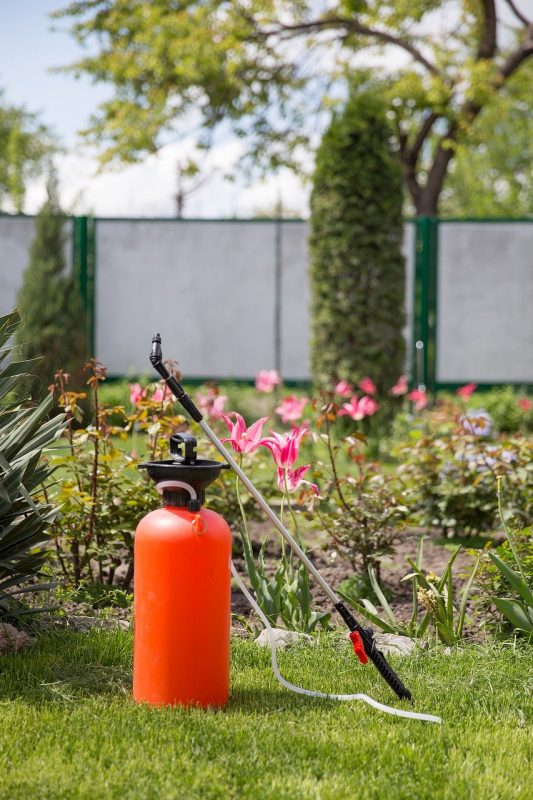
The Basics
The main thing is to make sure you’re limiting your pet’s exposure to cancer-causing agents and other ingredients that can cause them illness.
There’s a tendency for folks to switch to “organic” forms of lawn care because they’re trying to be a little more thoughtful about what they’re putting into the earth. But just because something is organic doesn’t mean that it’s not dangerous for your pet. No matter what you’re using to treat your lawn, make sure that it has the recommended time to dry to minimize your pet’s exposure to it as much as possible. Don’t be swayed by marketing that aims to sell you on organic fertilizer being “good.”
There are things you can look for, though. Let’s talk about fertilizer first.
Fertilizer
Fertilizers aren’t necessarily super toxic in and of themselves, but they can contain ingredients like bone meal and fish meal that are attractive to dogs, which can lead them to gulp down a bunch of it and end up with intestinal distress or worse. Sometimes the bone meal congeals into a large mass that becomes a blockage, or can even cause pancreatitis.
What should you look for in a fertilizer? Manure, seaweed, compost, and fish emulsion are all generally pet-friendly. Iron, carbamates, and compost organophosphates aren’t pet friendly and should be avoided if possible. Too much iron in a fertilizer can actually cause iron poisoning if it’s ingested.
When applying, make sure your pet isn’t around, and keep them clear of the area for the recommended period of time. If your pet gets into the fertilizer, here’s what to look out for: collapse, tremors, shaking, loss of appetite, yellowing of eyes, blood in stool, and lethargy.
Pesticides
Those nasty, nasty creepy crawlies. They get into your flowers, they fly into your face, they just don’t know how not to… bug you.
Commercial pesticides are generally not good for your pet. We’ve got those tricky organophosphates again, and many pest control options use snail and slug bait, which is highly toxic. Other ingredients that are a no-go for pets? Acephate, chlorpyrifos, diazinon, disulfoton, fonofos, malathion, parathion, terbufos, carbofuran, methomyl, and metaldehyde (phew, what a mouthful of complicated names!).
But there are a fair amount of pet-safe pest control options for your yard and garden. Using essential oils can repel pests, or spreading around some Diatomaceous Earth (just be sure to buy the horticultural grade). This article has a lot more suggestions for natural insecticides if you want to learn more (but some of them require you to keep your pet clear of the area for a little bit).
What if you’re using one of the bad guy pesticides and your pet gets into it? Here’s what to look for: diarrhea, weakness, shaking, tremors, trouble breathing, drooling excessively, vomiting, urinating, and constricted pupils.
Mulch
Just a quick word about mulch. In general, mulch isn’t going to poison your pet, but if your dog eats some of it, it can cause an abdominal obstruction. However, there is one type that’s no good for your pet: cocoa mulch. It’s made from the hulls of cocoa beans, and cocoa/chocolate is poisonous to pets. So it’s probably best just to go with something else.
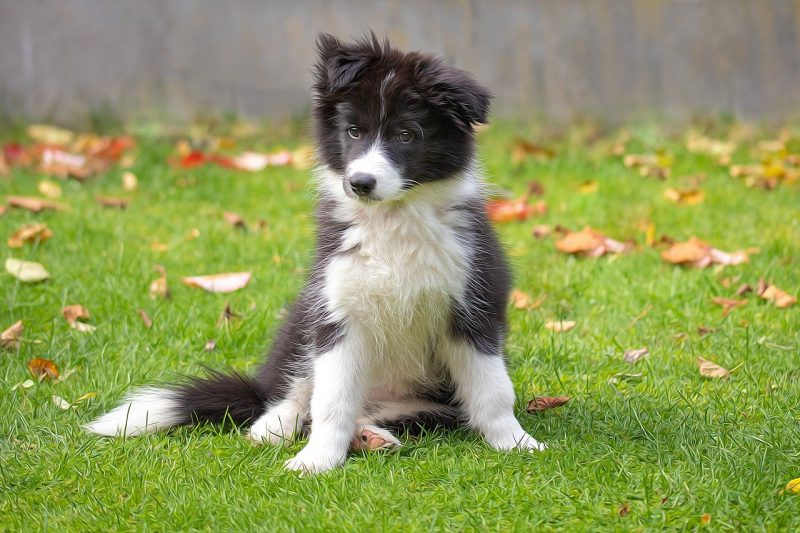
Vigilance is Key
Knowing where your pet is and what they’re getting into goes a long way toward avoiding accidental ingestion of poisonous chemicals. That means being extra sure products are being put away in a location that cannot be accessed by, let’s say, someone without opposable thumbs.
You want a beautiful yard? It’s your world, friend. Go for it. But we hope you’ll keep in mind these tips we’ve provided here. All it takes to have a beautiful yard when you have a pet is a little forethought so that you can approach it safely.
